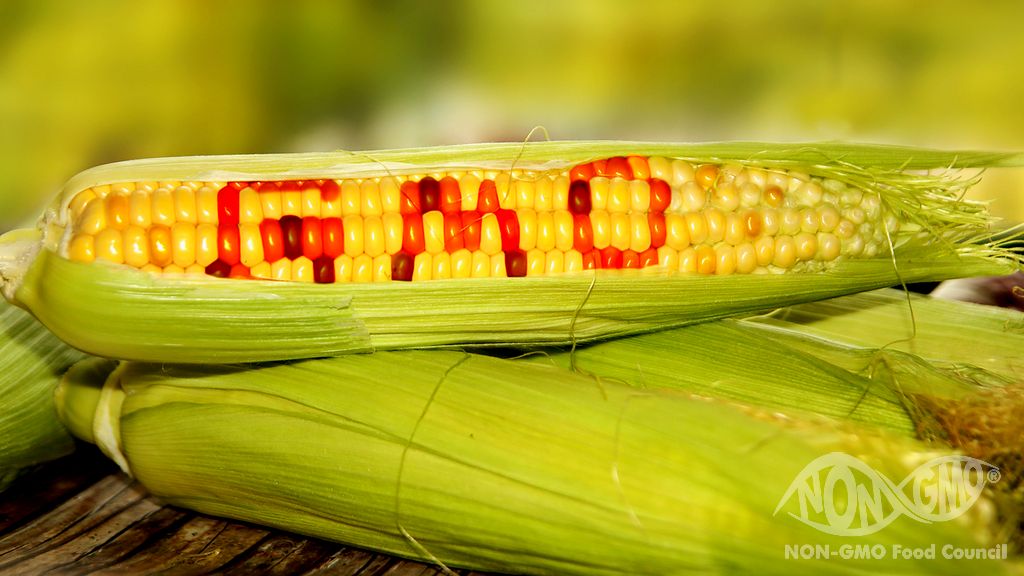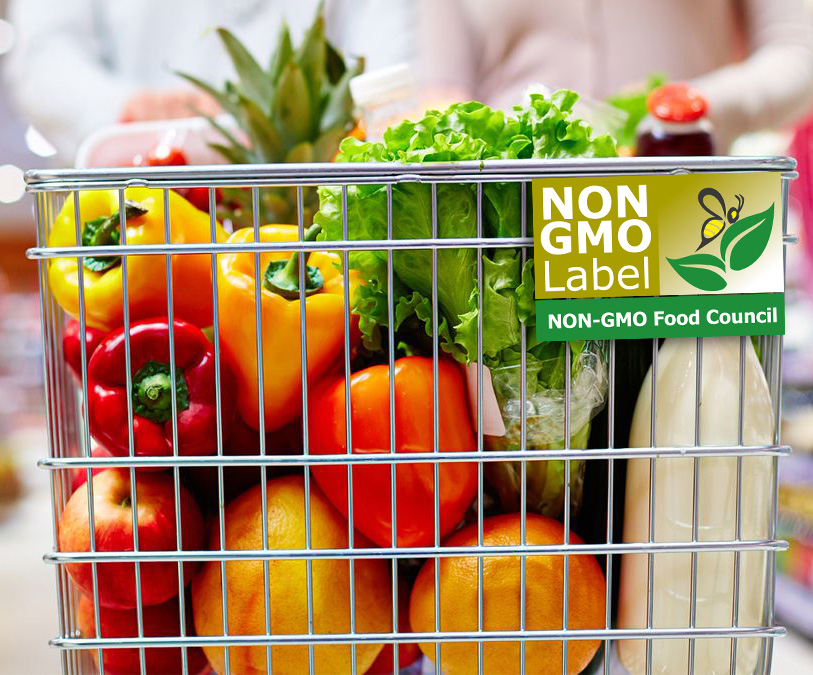NON GMO Label
Certification
Contact
- Mahmutbey Neighborhood
- Dilmenler Cd, No: 2
- Bagcilar, 34218
- Istanbul Turkey
- +90 212 702 40 00
- [email protected]
All rights reserved. © 2021 NON-GMO Food Control and Certification Council
The health risks posed by genetically modified foods are related to toxins, allergens or genetic risks. As genetically modified organisms enter the market, the risk of GMO crops increases.

These risks are generally assessed by considering the following criteria: the size of the planted area, the commercial availability of the product, the presence of the product in the supply chain, the way the product is currently used and the future use of the product (for example, as food or animal feed).
For example, more than 90 percent of the corn grown in the USA is genetically modified corn, and because this corn is common in the market, it falls into the high-risk group. On the other hand, corn-based ingredients in foods on a grocery shelf are very likely to come from genetically modified corn.
In tests carried out in advanced laboratories, a main input or component made from a high-risk product is traced to the raw material in order to meet the requirements of the relevant standard, in order to determine that a food is GMO FREE. For example, crude soybean is tested before it is converted into oil to verify that soybean oil meets the relevant standard. Testing raw materials increases the reliability of test results, as the genetic material still remains intact in the product's raw state.
In general, high-risk crops can be listed as follows: canola, alfalfa, soy, corn, cotton, papaya, sugar beet, pumpkin and yellow summer squash.
On the one hand, new genetically modified products are entering the market. It is not possible to determine all of them according to current standards. Untestable and perhaps high risk There are always new GMOs carrying As such, GMOs have a high potential to contaminate the non-GMO supply chain.
High-risk crops currently untestable include: Potatoes, apples, eggplant, pineapple, canola, and soy. In fact, two important high-risk crops such as canola and soybean are both testable and non-testable, depending on the genetic engineering methods used to produce them.
Apart from these, due to the prevalence of GMOs in animal feeds, animal derivatives such as meat, eggs, milk and honey are also considered as high-risk inputs and components.
Our organization acts with a sense of responsibility in order to be with people who consciously care about their health and to help them choose the foodstuffs they will need, and tries to support manufacturers to prove their efforts in this direction.

Apply Now